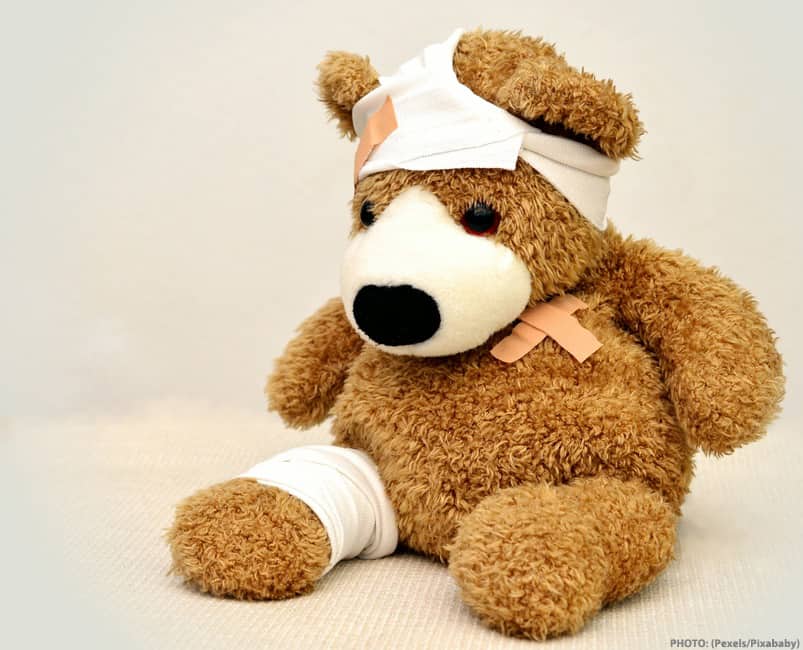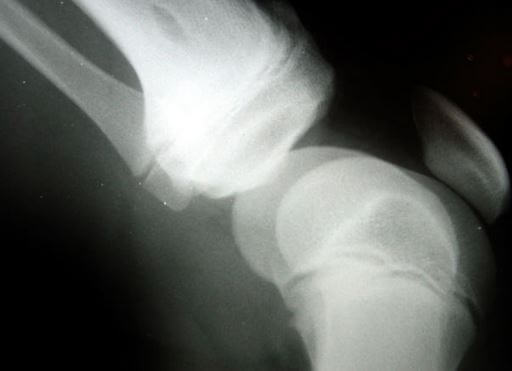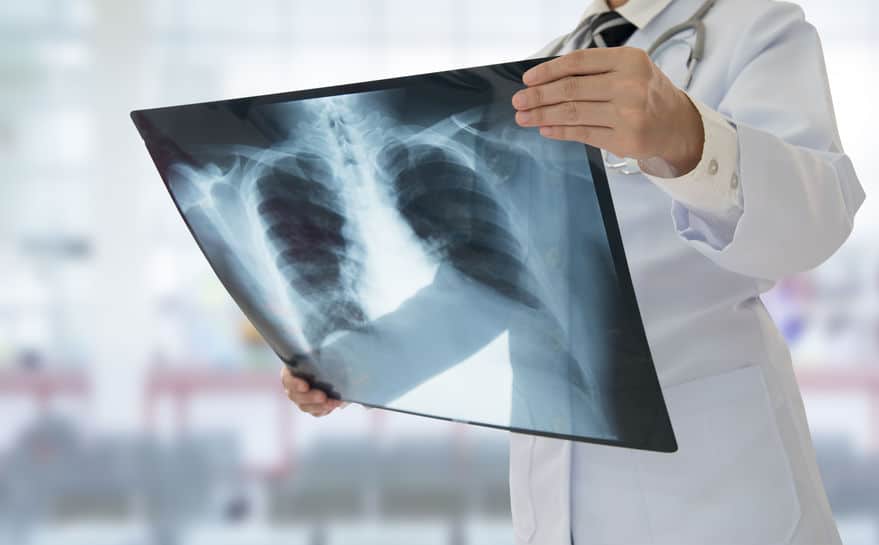Broken Bones and Fractures
Broken bones and fractures can happen in any accident, including car accidents, slips and falls, construction accidents, and more. These injuries are often very painful, and there can be some visible swelling. These wounds are usually tender when touched. If you or a family member suffered a broken bone or fracture in an accident caused by someone else’s negligence, call The Barnes Firm now or contact us.
The Barnes Firm 1-(800) 800-0000



